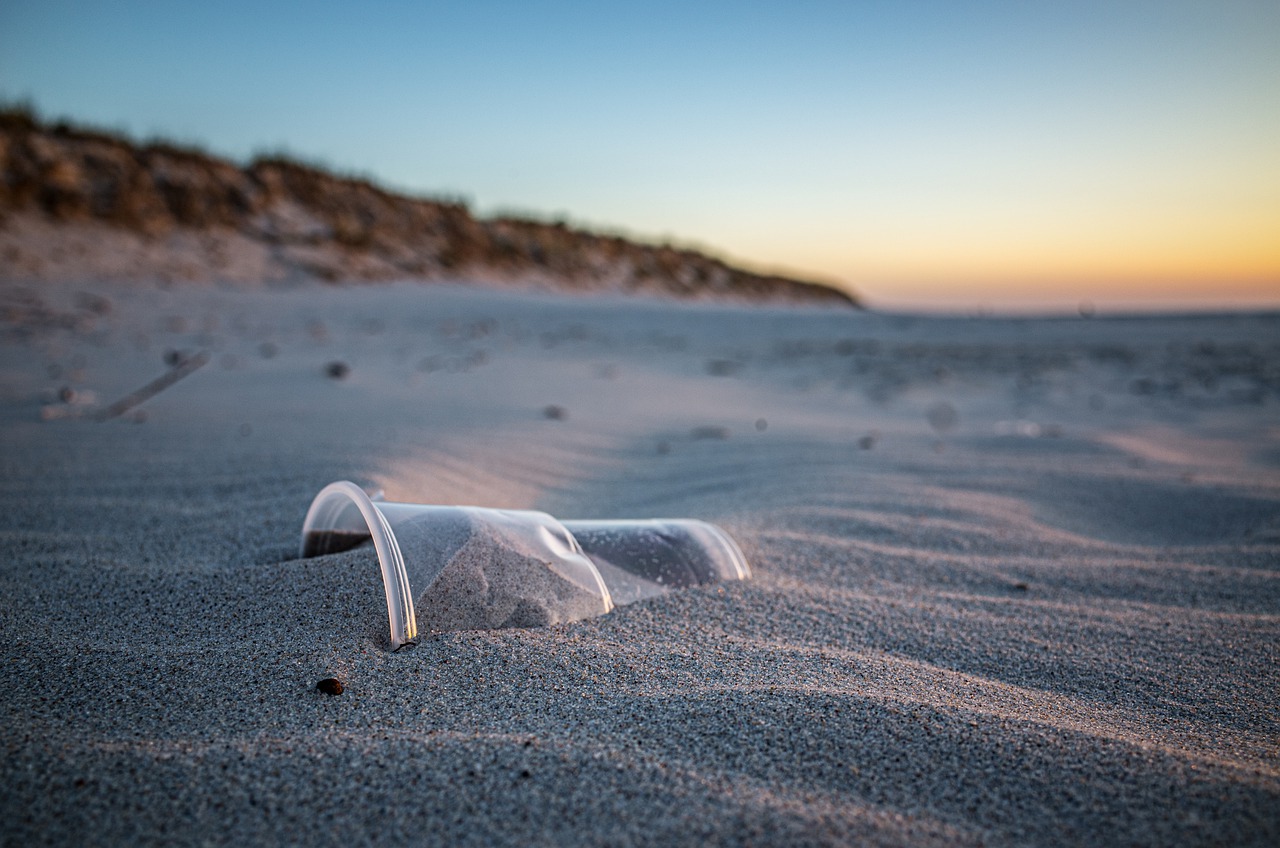AP Environmental Science ♻️
252 resourcesSee Units
Multiple Choice Practice for Aquatic and Terrestrial Pollutants
Welcome to Unit 8 AP Environmental Science Multiple Choice Questions! Grab some paper and a pencil 📄 to record your answers as you go. You can see how you did on the Unit 8 Practice Questions Answers and Review sheet once you're done. Don't worry, we have tons of resources available if you get stumped 😕 on a question. And if solo study is not your thing, join a group in Hours!
Not ready to take a quiz yet? Start studying unit 8 Here: Intro to Unit 8

Image from Pixabay
Plastic pollution presents a huge ecological issue as it floats, doesn't decompose and is composed of toxic elements.
Facts about the test: The AP Environmental Science exam has 80 multiple choice questions and you will be given 1 hour 30 minutes to complete the section. That means it should take you around 17 minutes to complete 15 questions.
*The following questions were not written by CollegeBoard and although they cover information outlined in the AP Environmental Science Course and Exam Description the formatting on the exam may be different.
1. Which of the following is an example of point source pollution?
A. The bioaccumulation of DDT in eagles.
B. The Exxon-Valdez oil spill
C. CFCs causing the ozone layer to be depleted.
D. The dead zone in the Gulf of Mexico caused by excess nitrogen from farms.
2. Chemicals that interfere with the hormonal systems of organisms are known as
A. Auditory disruptors
B. Inflammation inhibitors
C. Lymphatic inhibitors
D. Endocrine disruptors
3. Which of the following is not an example of an ecosystem services provided by mangroves?
A. Water filtration
B. Fish rookery
C. Flood protection from hurricanes
D. Large quantities of harvestable timber
4. The hypoxic conditions in eutrophied waterways are caused by
A. Bacteria metabolizing decaying algae and producing carbon dioxide.
B. Algae growing very quickly and blocking the sunlight from the other aquatic plants.
C. Excess nitrogen and phosphorus entering waterways.
D. Sedimentation from increased runoff of farmed land.
5. Thermal Pollution is most commonly caused by
A. CFCs reducing the ozone layer and allowing more UVB to reach the troposphere.
B. Power Plants discharging water used as a coolant
C. Wastewater treatment centers discharging purified water
D. Climate change heating the entire ocean
6. Identify which of the following is not a trait of POPs
A. Able to travel long distances.
B. Able to bioaccumulate
C. Able to enter the fatty tissues of organisms and accumulate over time.
D. Able to easily bind with hydrogen and breakdown into a new chemical.
7. Mercury would be most concentrated in which of the following organisms?
A. Tuna
B. Anchovy
C. Phytoplankton
D. Zooplankton
8. Which of the following types of solid waste create a large pollution issue in the ocean due to their longevity and ability to float?
A. Paper products
B. Metal products
C. Glass products
D. Plastic products
9. When identifying tolerable limits for toxins, scientist often use
A. Population dynamic curves
B. Dose response curves
C. Heirdyweinberg Equibrium
D. Shays Index
10. Identify the disease that is spread by mosquito bites introducing a parasite.
A. SARS
B. Cholera
C. Malaria
D. Zeka
11. Identify the disease that could be mitigated by providing access to clean drinking water and proper sewage disposal.
A. SARS
B. Cholera
C. Malaria
D. Zeka
12. Identify the following diseases that will likely increase if there are warmer climates
A. Cholera and Tuberculosis
B. Malaria and Zika
C. Malaria and Cholera
D. Zika and Tuberculosis
13. Consuming which animal would pose a greater risk of mercury contamination?
A. Humpback Whales
B. Shrimp
C. Bluefin Tuna
D. Anchovy
14. What type of facility is most likely to create thermal pollution of waterways?
A. Wastewater Treatment Facility
B. Concentrated Animal Feeding Operation
C. Hydraulic Fracturing Mine
D. Nuclear Power Plant
15. Depleting freshwater sources is considered a type of pollution because it can
A. Increase the salt concentration in natural saltwater or brackish systems.
B. Reduce habitats for saltwater fish.
C. Introduce excessive sand, resulting in sedimentation.
D. Inhibit organisms from following natural migration routes.
Browse Study Guides By Unit
🏜Unit 1 – The Living World: Ecosystems
🐠Unit 2 – The Living World: Biodiversity
👪Unit 3 – Populations
🌏Unit 4 – Earth Systems & Resources
🏖Unit 5 – Land & Water Use
⚡️Unit 6 – Energy Resources & Consumption
💨Unit 7 – Atmospheric Pollution
♻️Unit 8 – Aquatic & Terrestrial Pollution
🔥Unit 9 – Global Change
🧐Multiple Choice Questions (MCQs)
✍️Free Response Questions (FRQs)
📆Big Reviews: Finals & Exam Prep

Fiveable
Resources
© 2023 Fiveable Inc. All rights reserved.